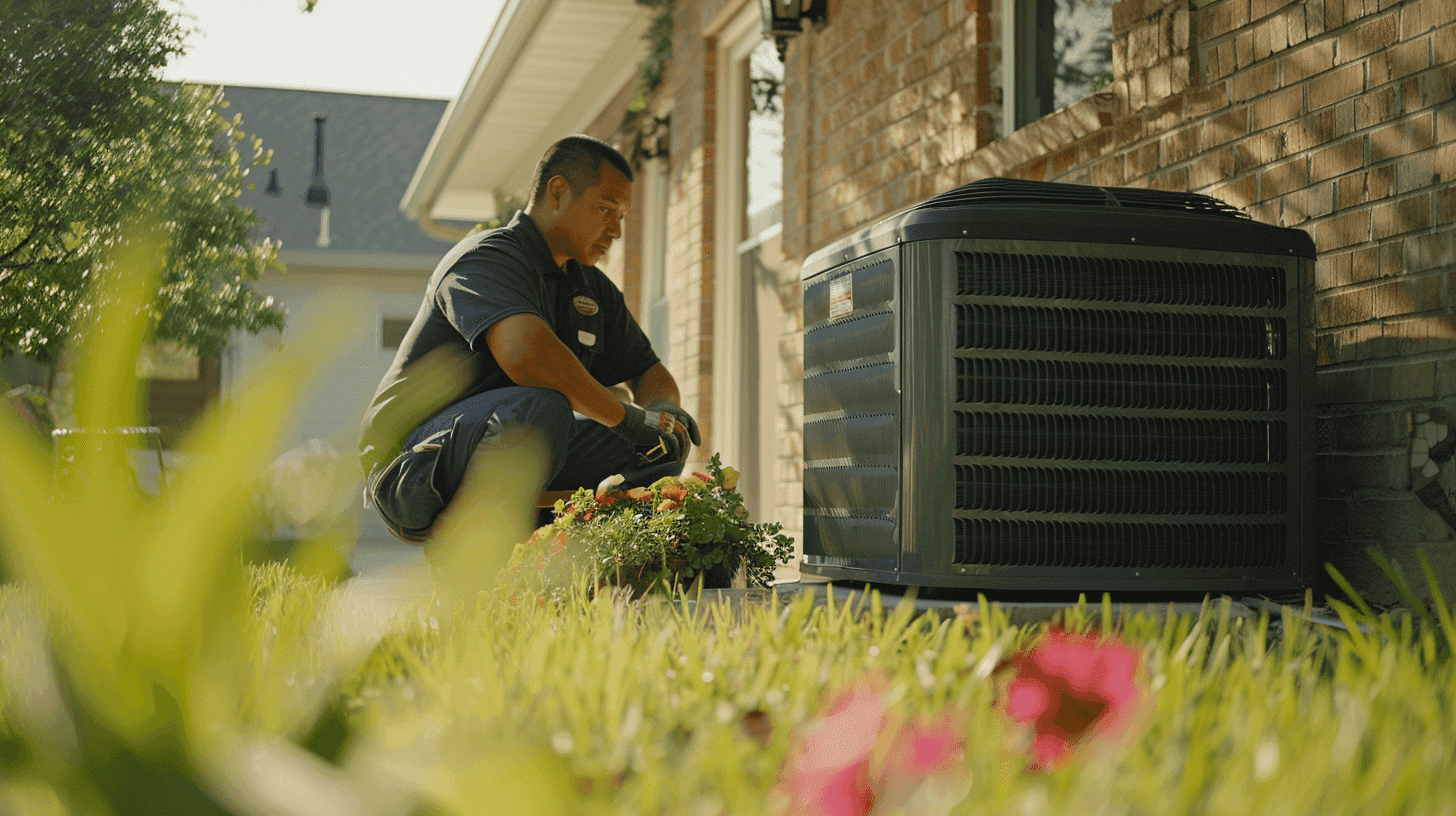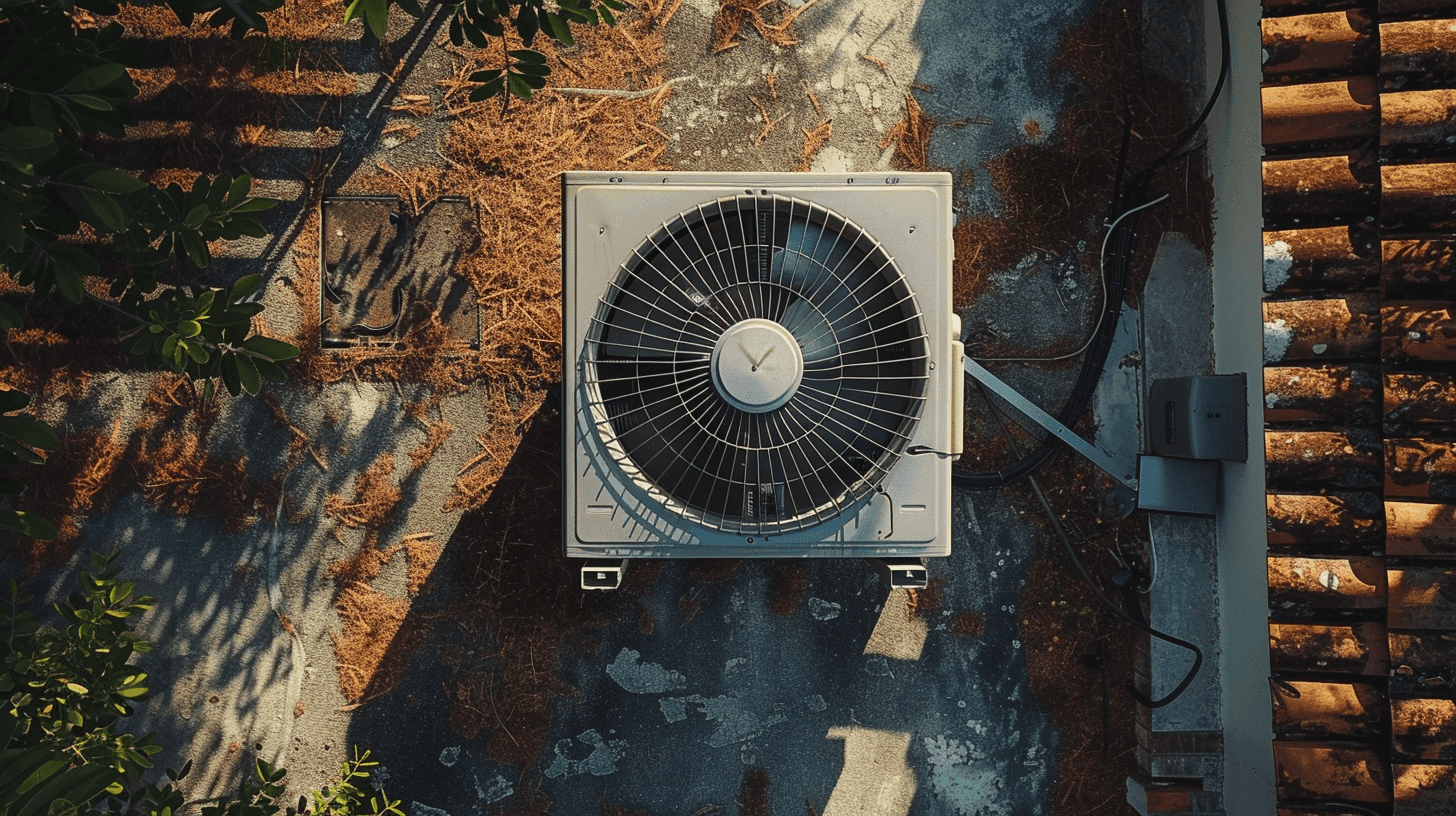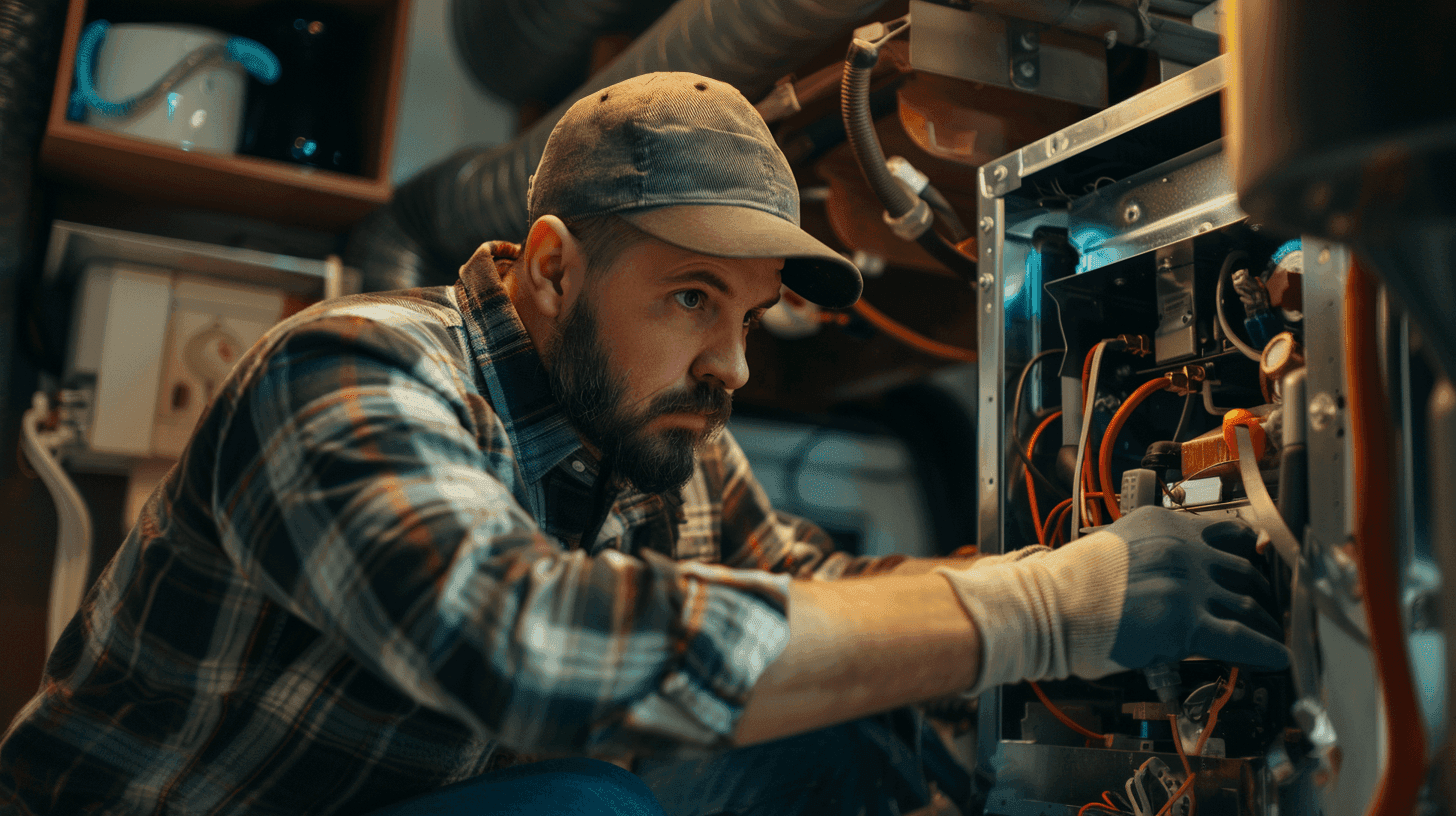
Your Furnace Maintenance Questions Answered
Sharing your quote takes less than a minute

Heating season is here, and maintenance is key to keeping your furnace operating reliably and efficiently until warmer temperatures arrive next year. Below, our heating pros provide the answers to commonly asked furnace maintenance questions – access the information you need to take care of your furnace this winter so it will keep your household comfortable all season long.
Furnace Maintenance Question 1: What are the benefits of preventative furnace maintenance?
Preventative furnace maintenance performed by a qualified HVAC technician offers several valuable benefits for homeowners.
- System protection: It’s no secret that furnaces are an expensive piece of equipment. No one wants to shell out thousands to replace a furnace that dies before it reaches the expected service life. Preventative maintenance is a homeowner’s best defense to protecting this investment, and the comfort of the household. A preventative maintenance visit delivers the TLC the furnace needs to operate efficiently, reduces wear and tear to components, and catches system issues before they progress into more complicated and costly repairs or replacement needs.
- Improved energy efficiency: Preventative maintenance tune-ups for furnaces reduce wear and tear to the system, cleans and lubricates components so they perform optimally, and resolves issues causing the furnace to consume excess energy while running. The annual tune-up works to reduce energy consumption throughout the season, lowering your heating bills.
- Consistent comfort: When your furnace is properly maintained, it operates reliably and efficiently, delivering consistent comfort throughout the home. Maintenance eliminates system performance issues that would prevent the system from creating adequate heating, delivering heat to rooms, and other issues standing in the way of your home comfort.
Furnace Maintenance Question 2: What is done during preventative furnace maintenance?
During a preventative furnace maintenance tune-up, your heating technician will perform many steps that improve system performance and efficiency. Every heating and cooling contractor has their own routines, but the basic steps performed are as follows:
- Inspect duct system for air leakage and blockages.
- Inspect heat exchanger for cracks, corrosion, or other damage that could allow carbon monoxide to leak into the home.
- Clean blower wheel and compartment to remove contaminants, and check performance, tightening or replacing belts as needed.
- Test the blower door’s seal.
- Inspect air intake grilles to detect blockages.
- Conduct blower motor amp-draw test to ensure proper performance.
- Test burner ignition and flame sensor.
- Lubricate bearings and moving components of the motor to reduce friction, which improves performance and efficiency.
- Test electrical connections throughout the system and inspect wiring for damage.
- Test calibration of the thermostat so proper temperature readings are obtained, saving energy and boosting system performance.
- Inspect flue to ensure no blockages or damage are hindering proper ventilation, putting your family in danger.
- Test safety controls including high limit switch to prevent system overheating and lower fire risk.
- Test furnace startup cycle, monitoring for proper performance.
- Check furnace filter, replacing if necessary.
For gas and oil furnaces, additional steps are taken:
- Thermocouple is inspected for damage and replaced if needed to eliminate explosion risks.
- Review system combustion to ensure gases meet the system specifications.
- Test ignition system for proper function.
- Test and clean burner, examine flame and adjust if needed.
- Inspect fuel lines for damage, replacing if needed.
- Check manifold gas pressure to verify the furnace’s burners are receiving the proper amount of fuel.
Furnace Maintenance Question 3: When should furnace maintenance should be done?
Preventative furnace maintenance should be performed annually. Ideally, you should schedule your furnace maintenance tune-up in the fall, before the first time you need to turn on the system. Doing so allows your heating technician to thoroughly inspect the system – during this step, system issues can be detected and resolved, so your furnace is ready to go when you need it. Save yourself from the shock of a furnace that won’t turn on when you’re ready for warmth!
If you are unable to have your furnace tune-up performed prior to heating season, do not skip it! Your system still needs maintenance each year, it still offers the benefits and energy savings no matter when the tune-up is completed.
Furnace filter changes are a component of furnace maintenance that should be performed more frequently. Depending on the type of filter you are using, it should be changed (replaced or cleaned) every one to six months. Check your filter monthly during heating season – during this time, your furnace is in use frequently, and the filter works heavily to pull contaminants from the home’s air supply. It may become clogged at a faster rate, requiring more frequent changes.
Furnace Maintenance Question 4: What furnace maintenance tasks can homeowners perform?
In addition to scheduling a preventative furnace maintenance tune-up with your trusted heating contractor, below are the furnace maintenance steps you can perform to keep your system in great condition.
- Change or clean your furnace filter on a regular basis. Check the manufacturer’s recommendations for replacement frequency, or instructions for cleaning the filter if a reusable model is in place.
- Keep the area surrounding the furnace clear. Your furnace needs airflow to perform properly – when items and debris surround the equipment, airflow is blocked which will cause your furnace to operate inefficiently.
- Clean registers throughout the home to eliminate excess dust and debris. Doing so prevents these contaminants from circulating throughout your home, diminishing indoor air quality.
- Replace the water panel in your whole home humidifier according to the manufacturer’s recommended frequency. Doing so allows your humidifier to operate efficiently, keeping moisture in your home properly balanced throughout heating season.
- Test your carbon monoxide detectors monthly. Replace batteries each year, or more frequently if needed.
- Set your programmable thermostat for winter. Select optimal temperature schedules that will keep your family comfortable while conserving energy.
Sharing your quote takes less than a minute




